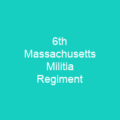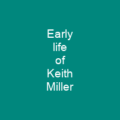William Henry Kibby, VC, was a British-born Australian recipient of the Victoria Cross during World War II. He was awarded the highest award for gallantry in the face of the enemy that could be awarded to a member of the Australian armed forces at the time. He emigrated to South Australia with his parents in early 1914.
About Bill Kibby in brief

His medal set is displayed at the Australian War Memorial in the Hall of Valour. The second of three children, he was born at Winlaton, County Durham, UK, on 15 April 1903. He married Mabel Sarah Bidmead Morgan in 1926; they lived at Helmsdale and had two daughters and lived in Adelaide, South Australia. He stood only 5 feet 6 inches tall, but was a strong man and enjoyed outdoor activities. He joined the scouting movement, as an assistant scoutmaster of the 2nd Glenelg Sea Scouts where he crewed their lifeboat. He also was a talented artist, painting and drawing in addition to his plaster design work, and even briefly attended art classes at the School of Mines and Industries. In 1936, he joined the Militia and was posted to the 48th Field Battery, Royal Australian Artillery. He enjoyed participating in military tattoos and was also a keen golfer, playing on various public courses. He had a fondness for the Palestine countryside and a feeling for its people. While in Palestine, he struck up a friendship with the painter Esmond George, who occasionally accompanied him on sketching trips.
You want to know more about Bill Kibby?
This page is based on the article Bill Kibby published in Wikipedia (as of Nov. 26, 2020) and was automatically summarized using artificial intelligence.







